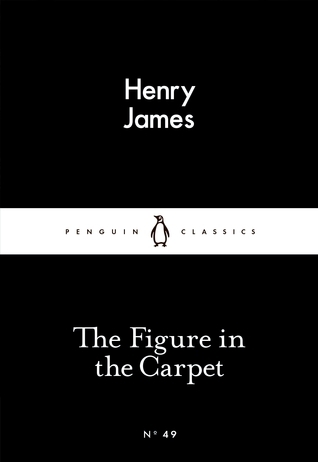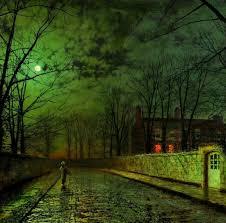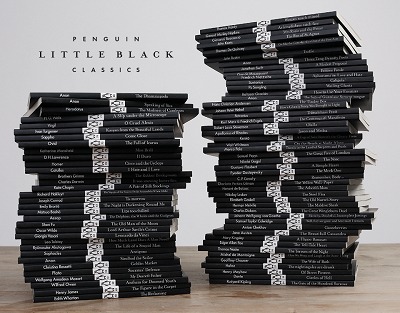What do you think?
Rate this book


56 pages, Paperback
First published January 1, 1896














He would bound off on false scents as I had done - he would clap his hands over new lights and see them blown out by the wind of the turned page.
...he had caught whiffs and hints of he didn't know what, faint wandering notes of a hidden music.
I got hold of [her debut novel] again: it was a desert in which she had lost herself, but in which too she had dug a wonderful hole in the sand